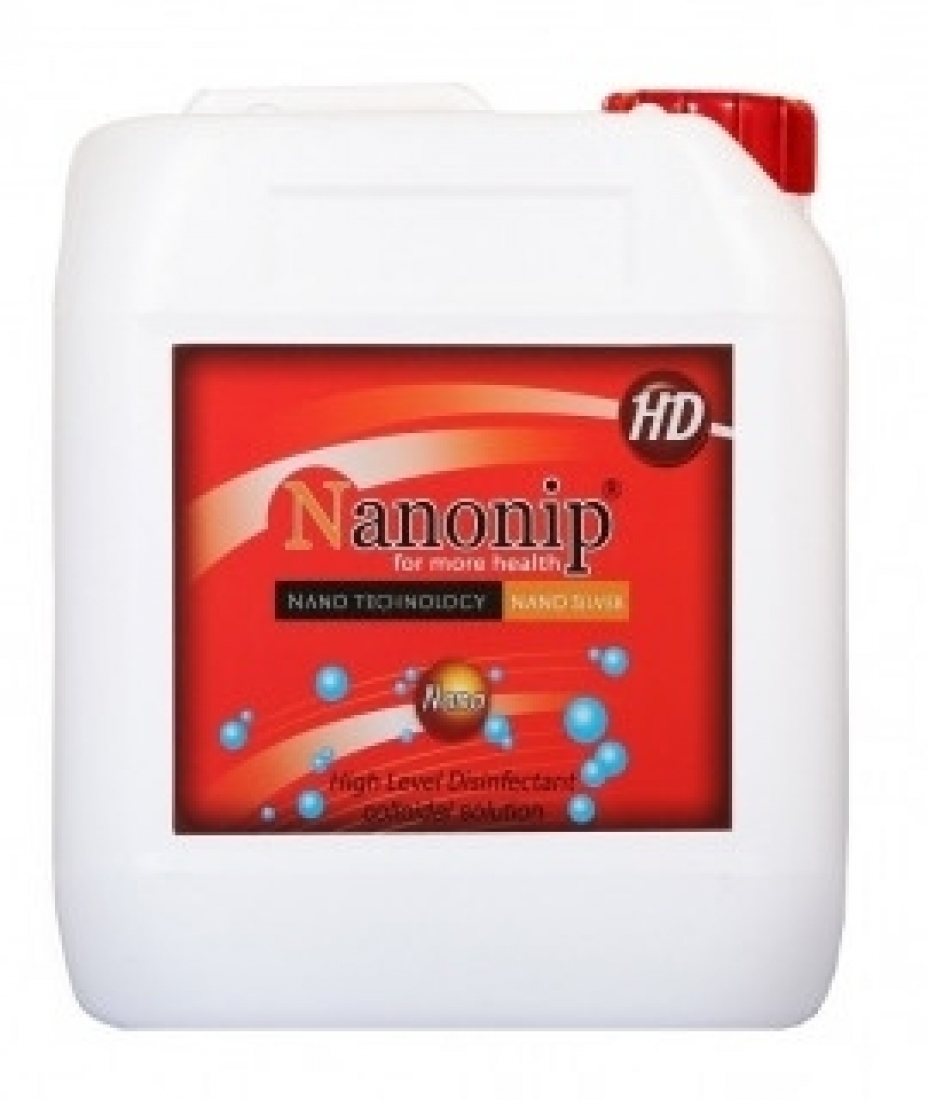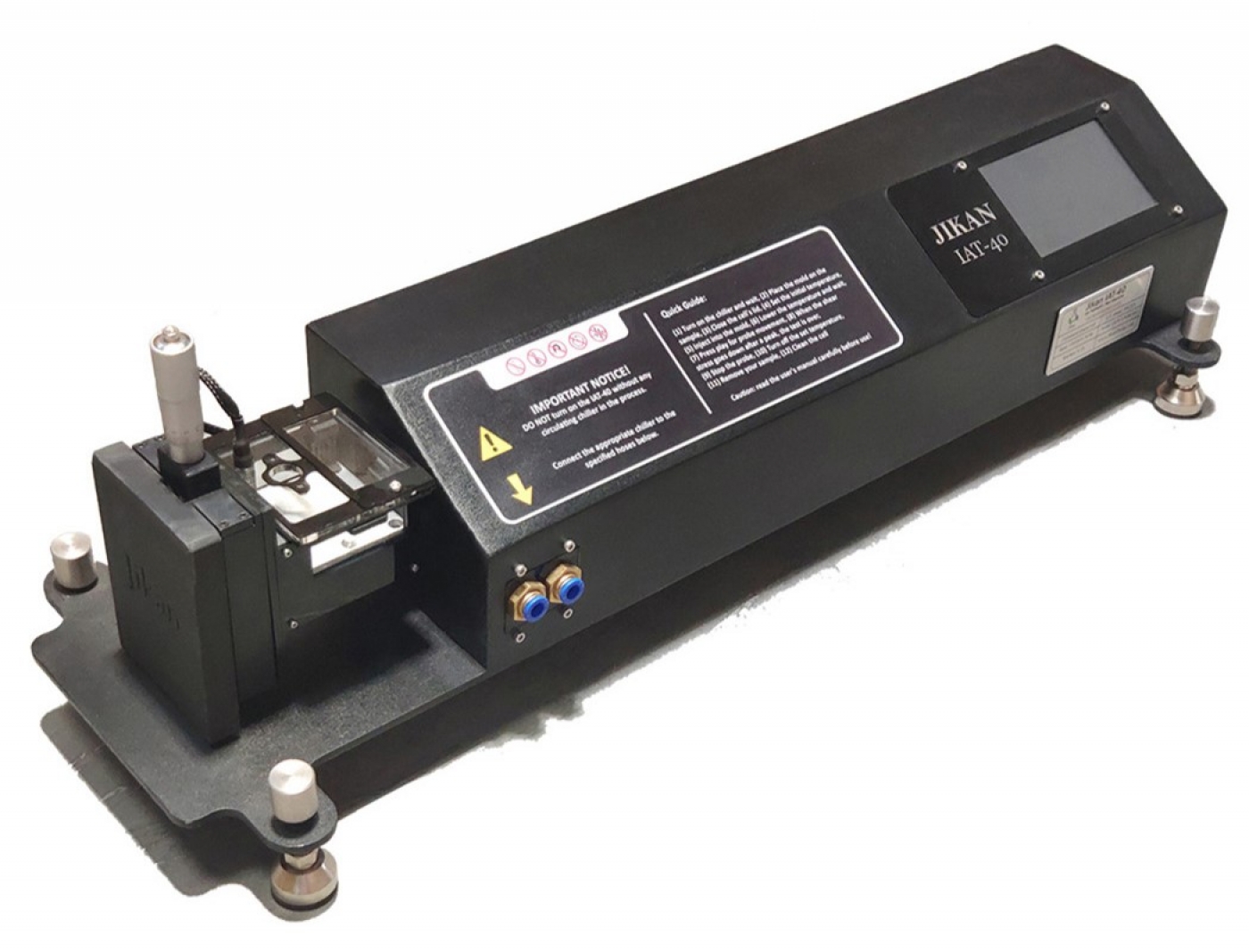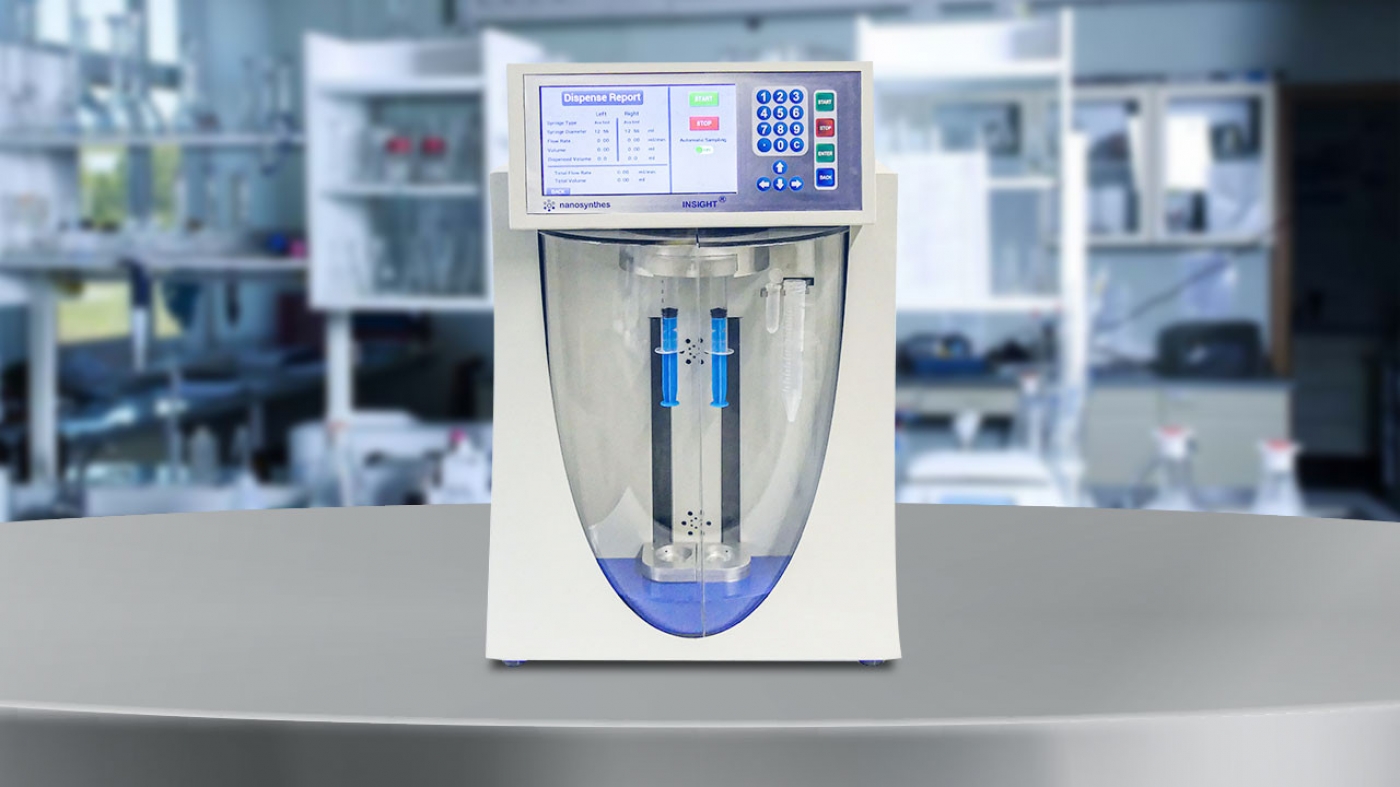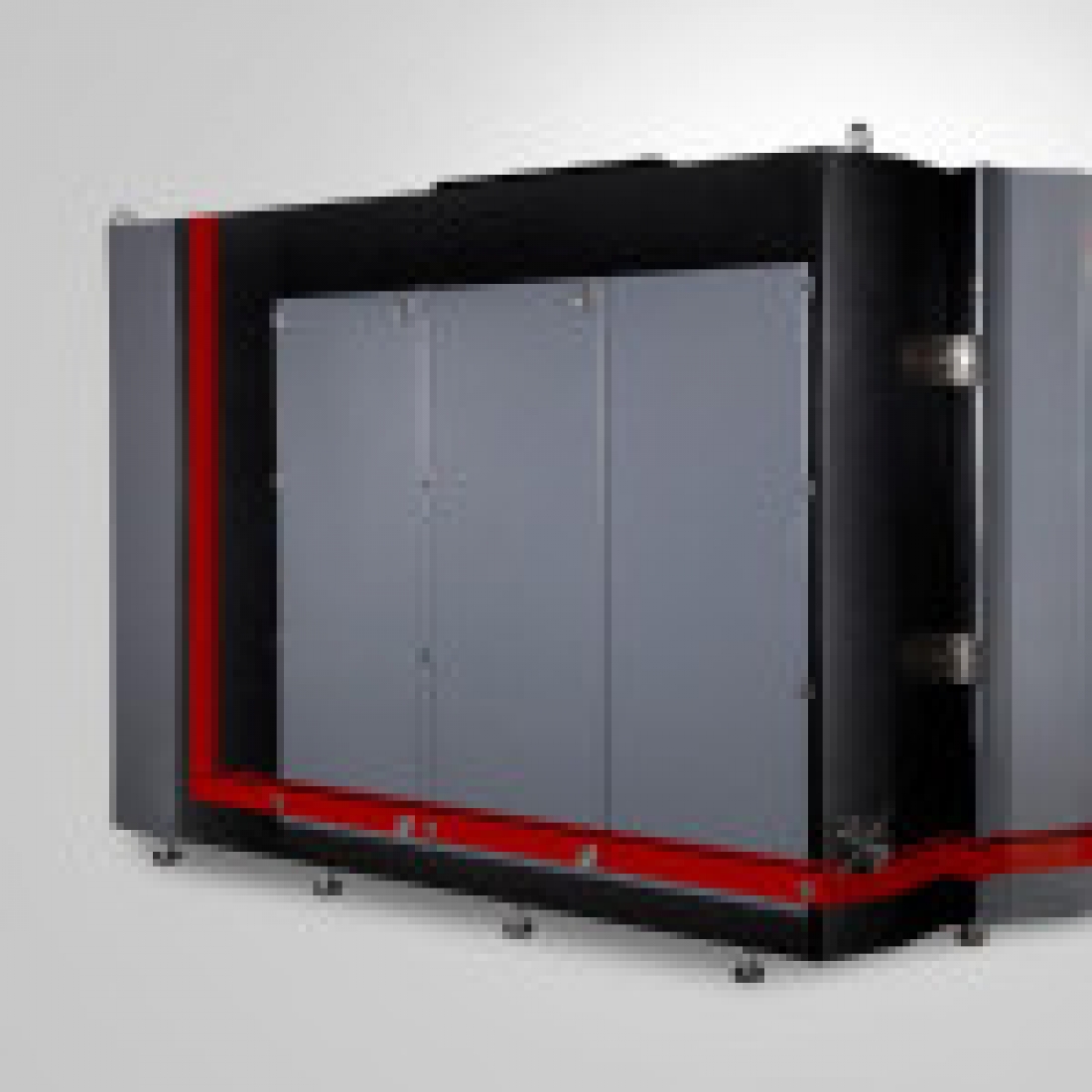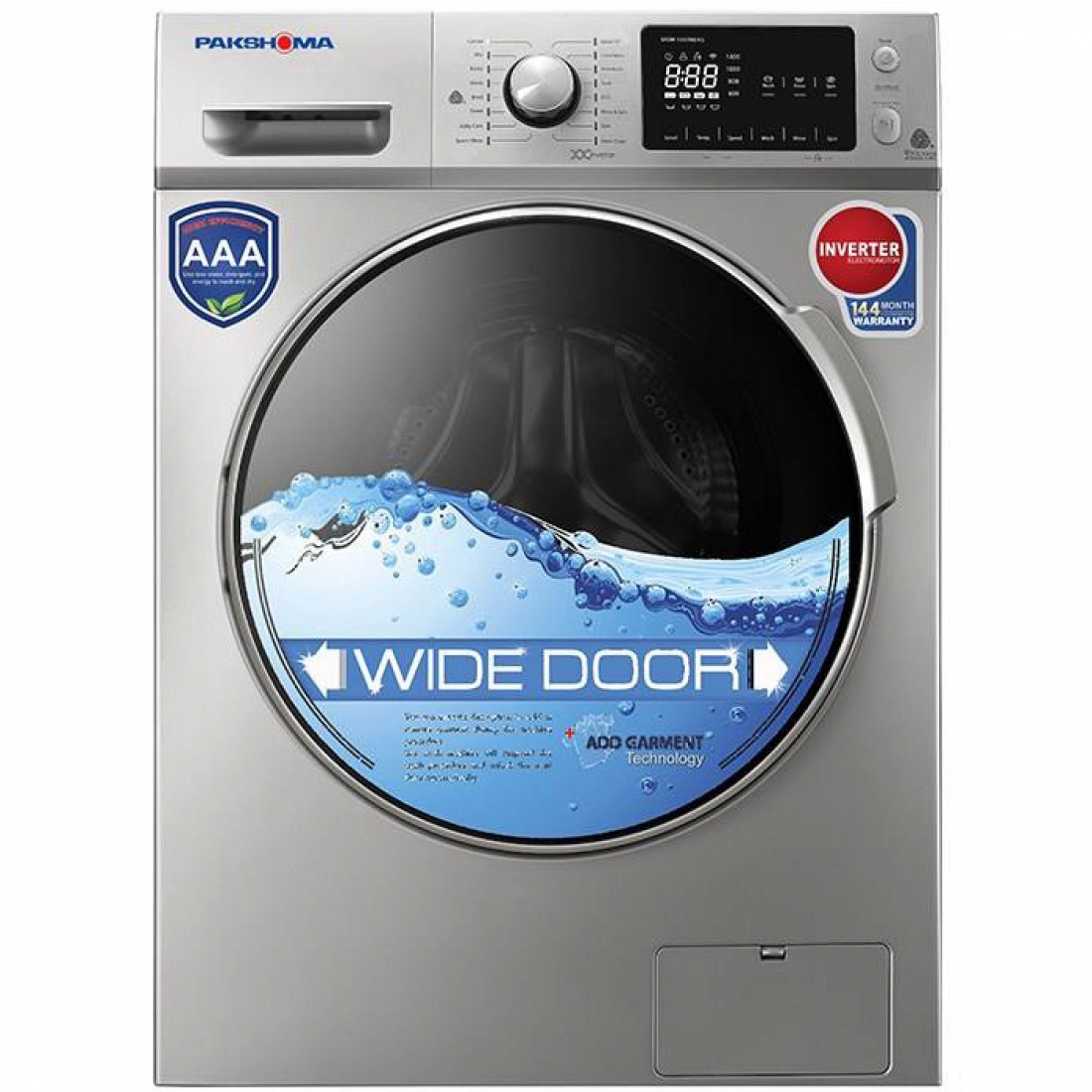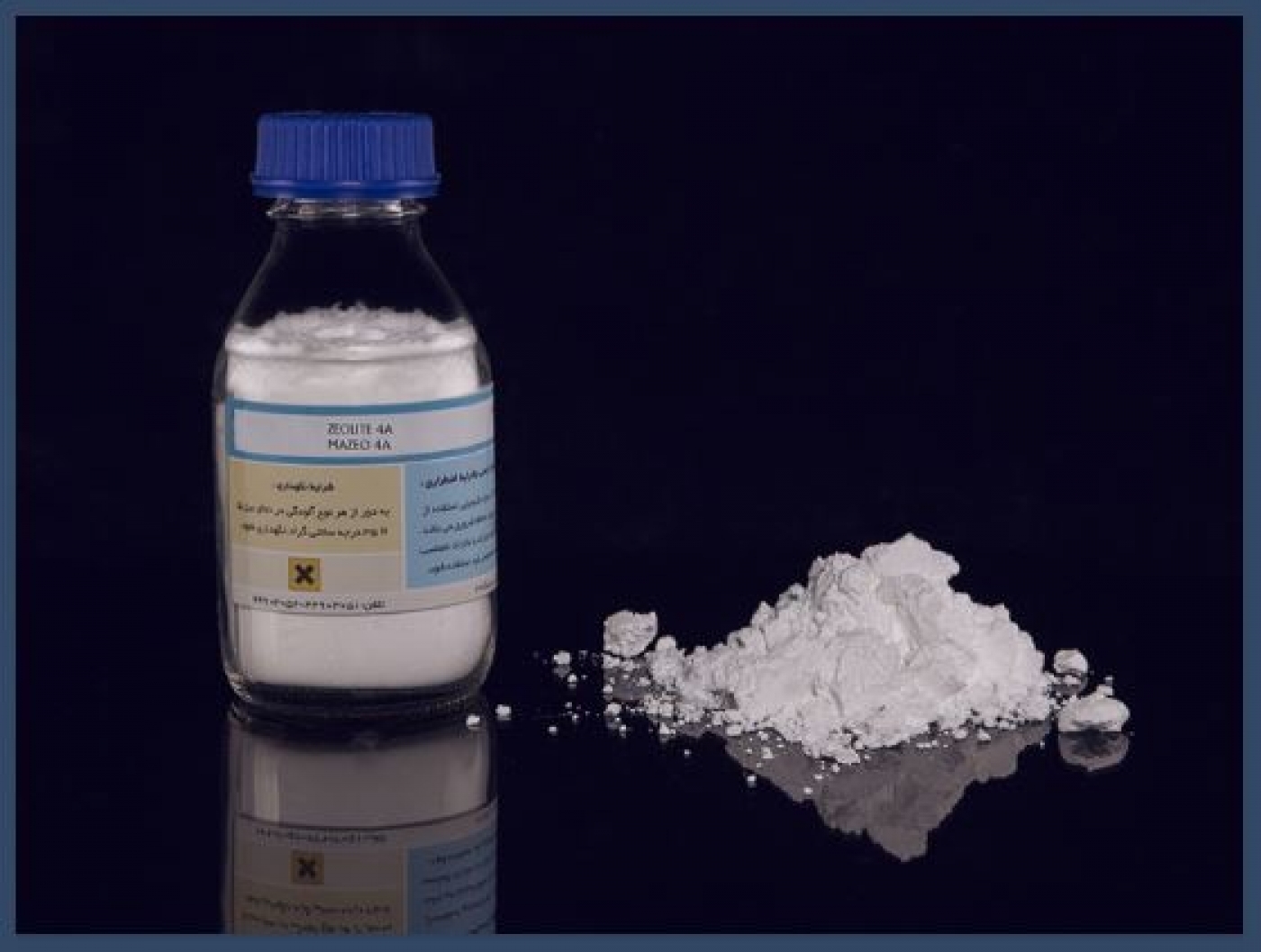
Zeolite 3A
Zeolite is a mineral composed of crystalline and hydrated aluminosilicates of alkaline and alkaline earth metals such as sodium, calcium, magnesium, strontium and barium. Zeolites have a porous structure and are used in industry as surface adsorbents and are widely used for water treatment and as catalysts. Zeolites are produced in both natural and synthetic forms and have different chemical and physical properties. Natural zeolites are formed where volcanic rocks and ash layers react with alkaline groundwater. More than 200 types of synthetic zeolites are formed using methods such as sol-gel and by the slow crystallization of a silica-alumina gel in the presence of alkalis and organic templates. Synthetic zeolites are produced in a uniform, phase-pure state. Zeolites usually have a TO4 structure (T = Si, Al) that in the artificial production of zeolites it is possible to introduce a special atom such as germanium, iron, gallium, zinc, tin or titanium into their internal structure. Zeolite structures can also be produced that do not occur in nature. Type A zeolite is a known synthetic sample with common chemical composition Na12.[AlO2.SiO2]12.27H2O. This type of zeolite has 3 different groups 4A, 3A and 5A, which differ in the type of Cation in the internal structure. If potassium replaces sodium, type 3A zeolite is produced. Due to the large diameter of potassium ions in the structure, the diameter of pores in zeolite 3A is usually about 3 angstroms. This type of zeolite has a high adsorption rate and is resistant to contamination.
